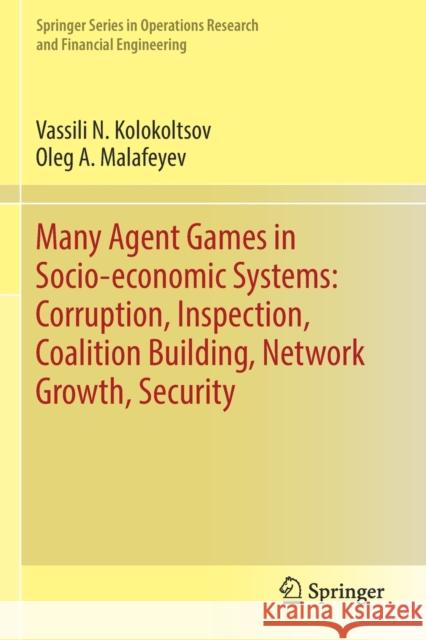Many Agent Games in Socio-Economic Systems: Corruption, Inspection, Coalition Building, Network Growth, Security » książka
topmenu
Many Agent Games in Socio-Economic Systems: Corruption, Inspection, Coalition Building, Network Growth, Security
ISBN-13: 9783030123734 / Angielski / Miękka / 2020 / 196 str.
Many Agent Games in Socio-Economic Systems: Corruption, Inspection, Coalition Building, Network Growth, Security
ISBN-13: 9783030123734 / Angielski / Miękka / 2020 / 196 str.
cena 261,63
(netto: 249,17 VAT: 5%)
Najniższa cena z 30 dni: 250,57
(netto: 249,17 VAT: 5%)
Najniższa cena z 30 dni: 250,57
Termin realizacji zamówienia:
ok. 22 dni roboczych
Dostawa w 2026 r.
ok. 22 dni roboczych
Dostawa w 2026 r.
Darmowa dostawa!
Kategorie:
Kategorie BISAC:
Wydawca:
Springer
Seria wydawnicza:
Język:
Angielski
ISBN-13:
9783030123734
Rok wydania:
2020
Wydanie:
2019
Numer serii:
000904325
Ilość stron:
196
Waga:
0.31 kg
Wymiary:
23.39 x 15.6 x 1.17
Oprawa:
Miękka
Wolumenów:
01
Dodatkowe informacje:
Wydanie ilustrowane











